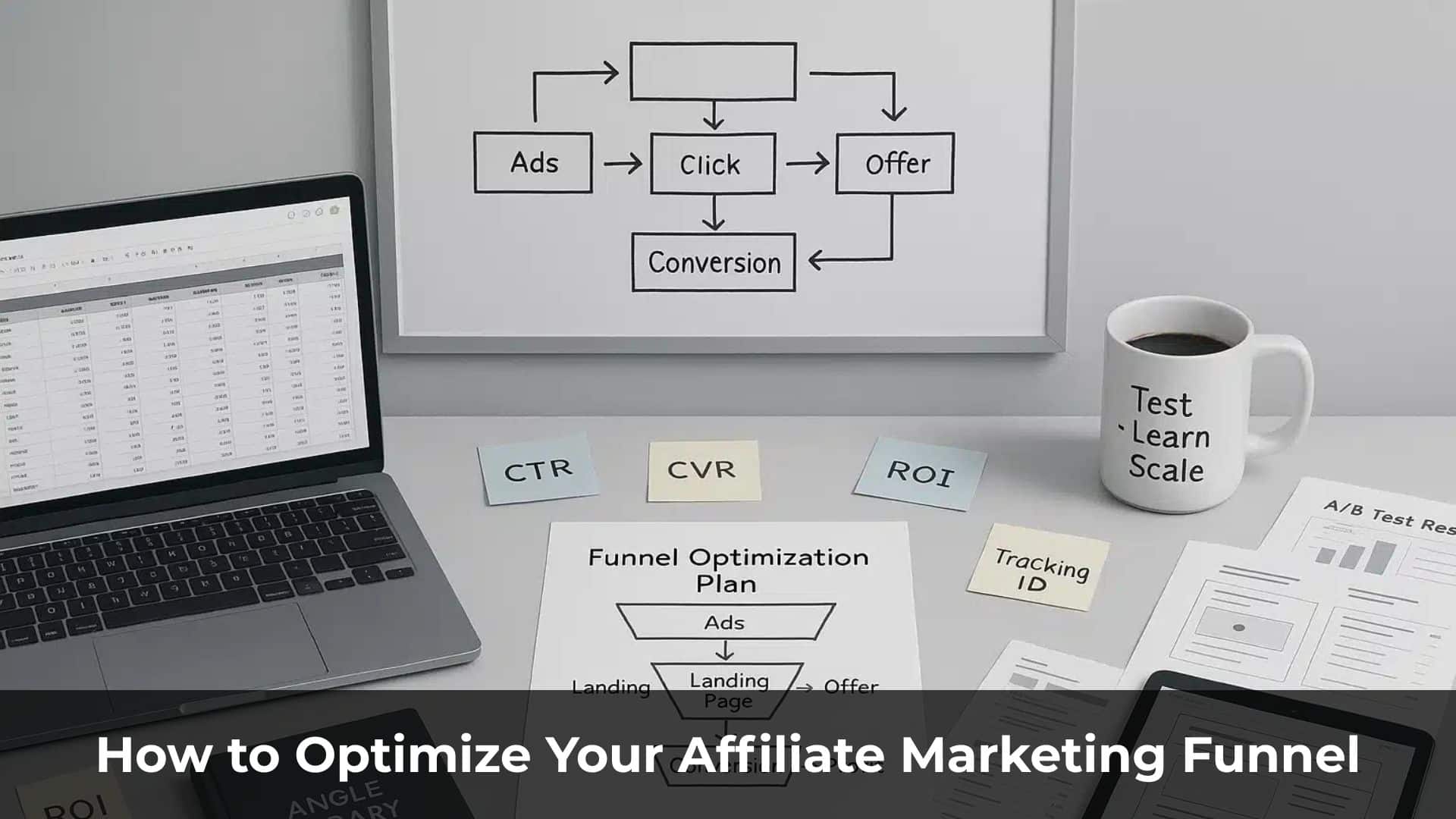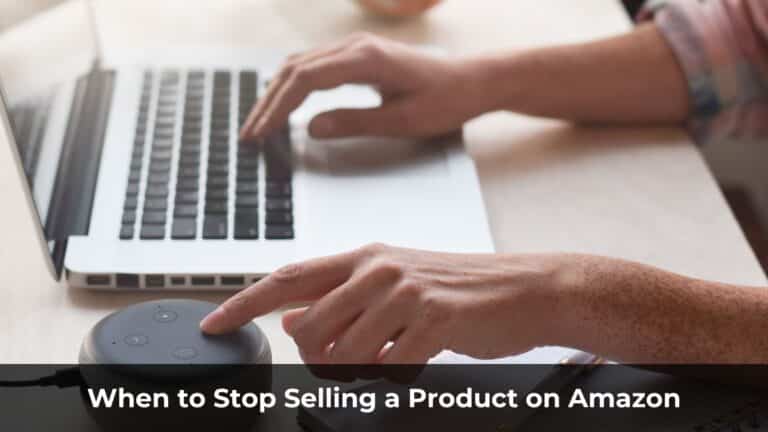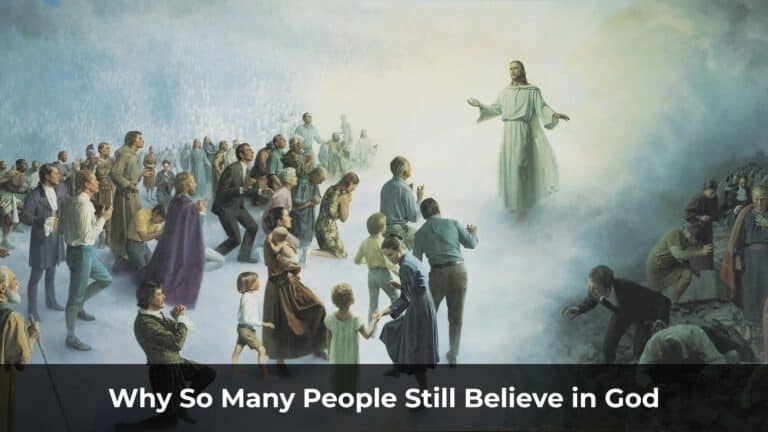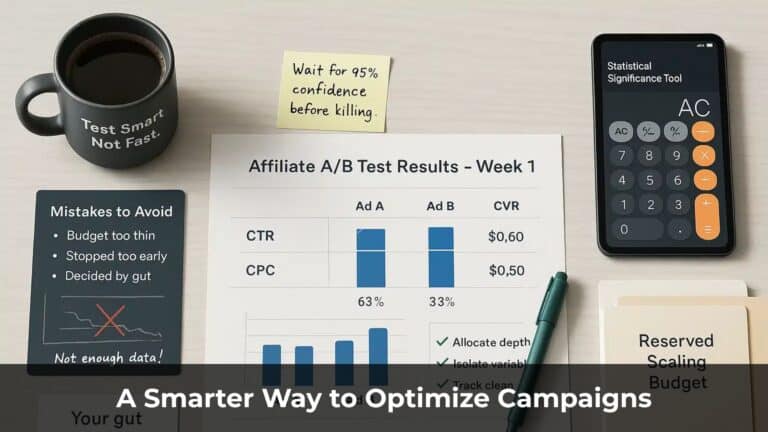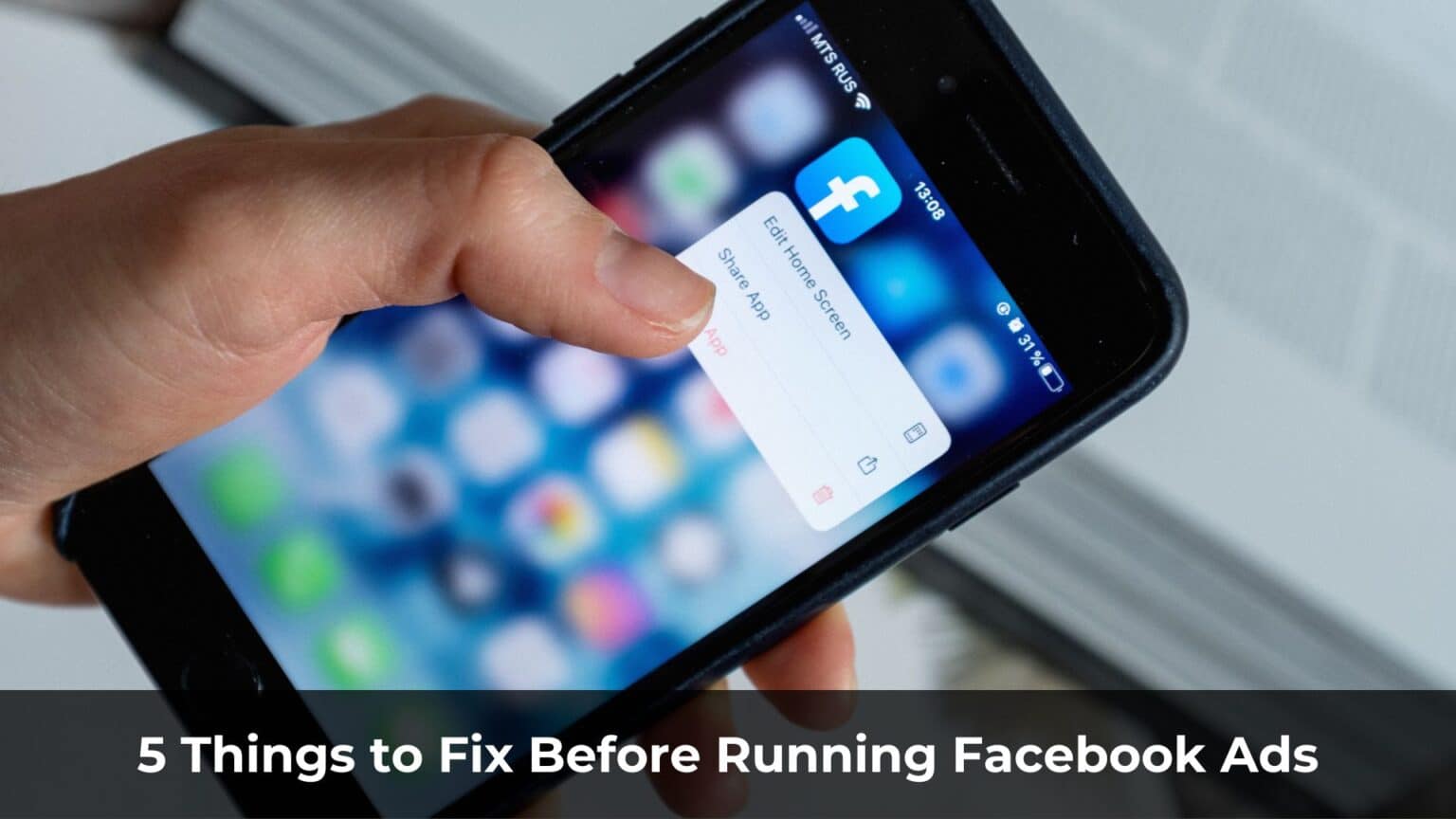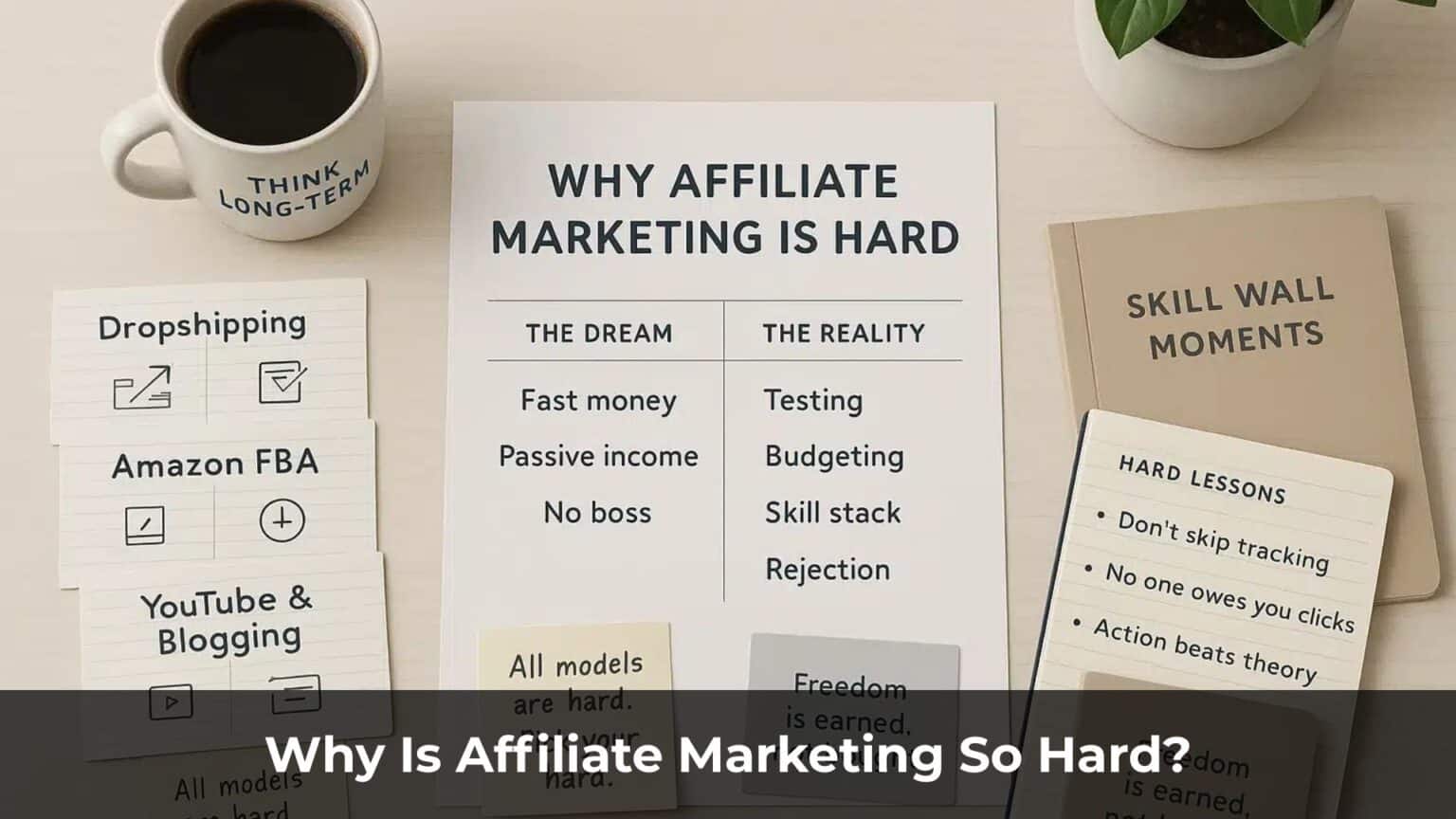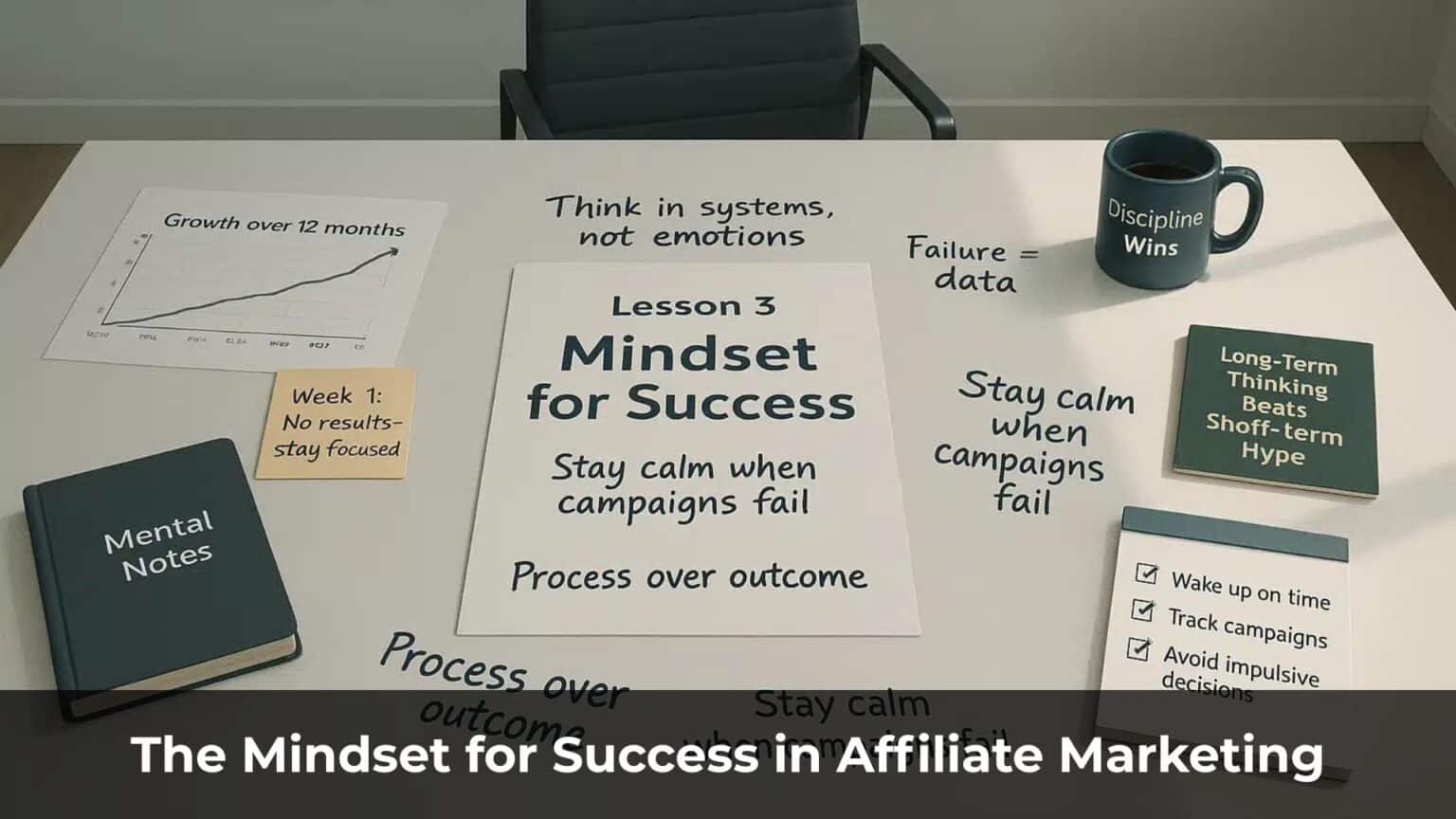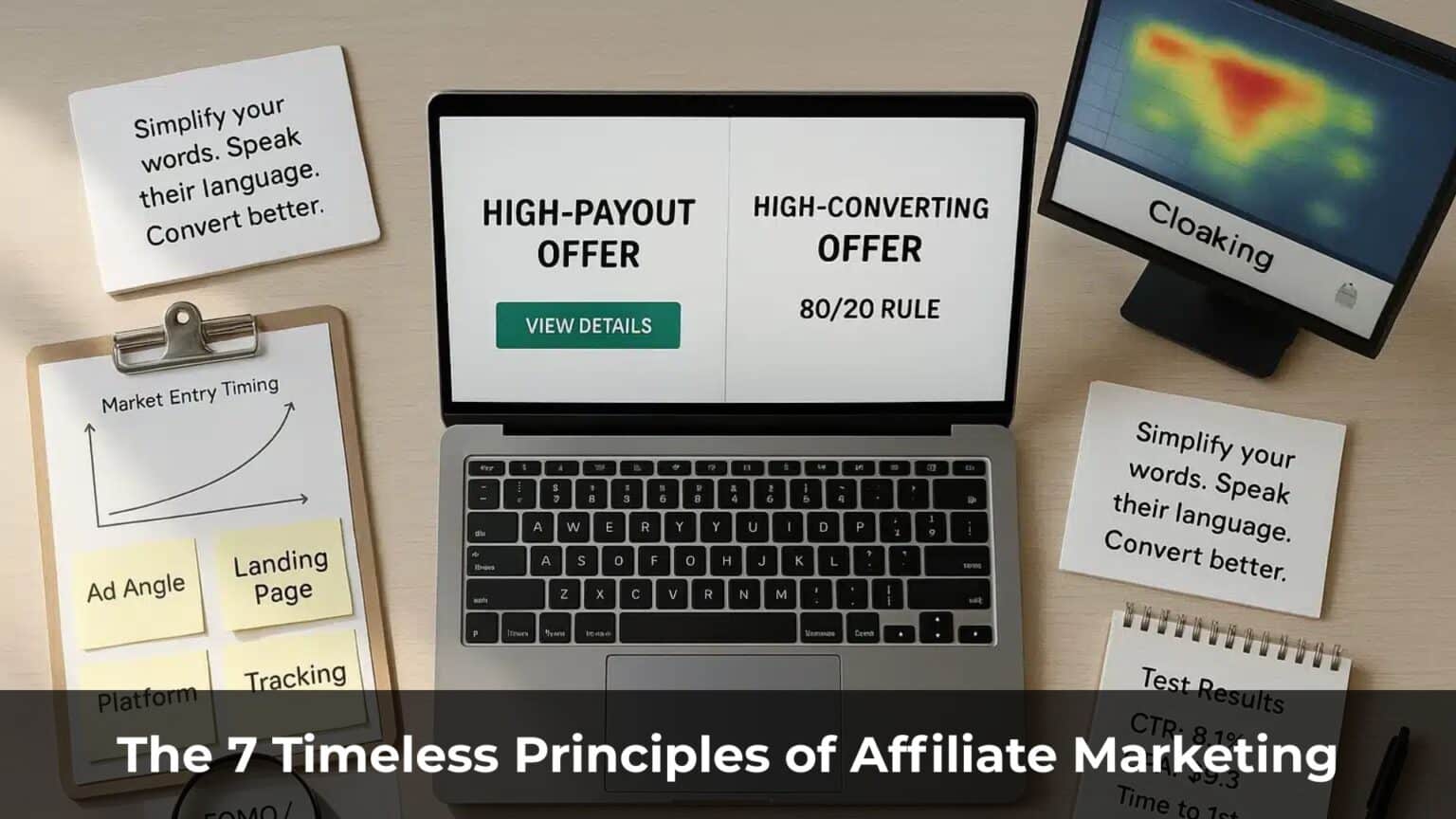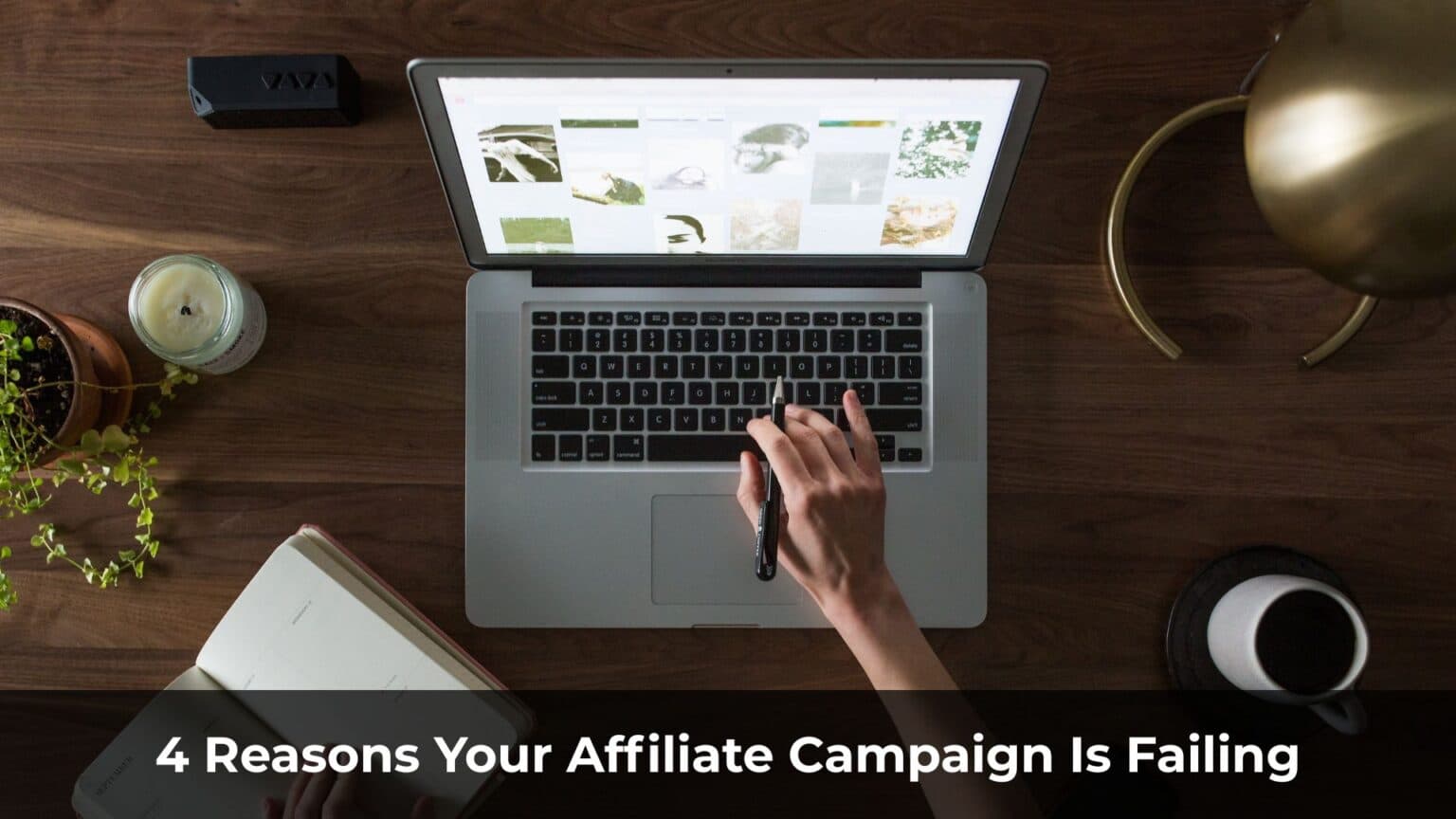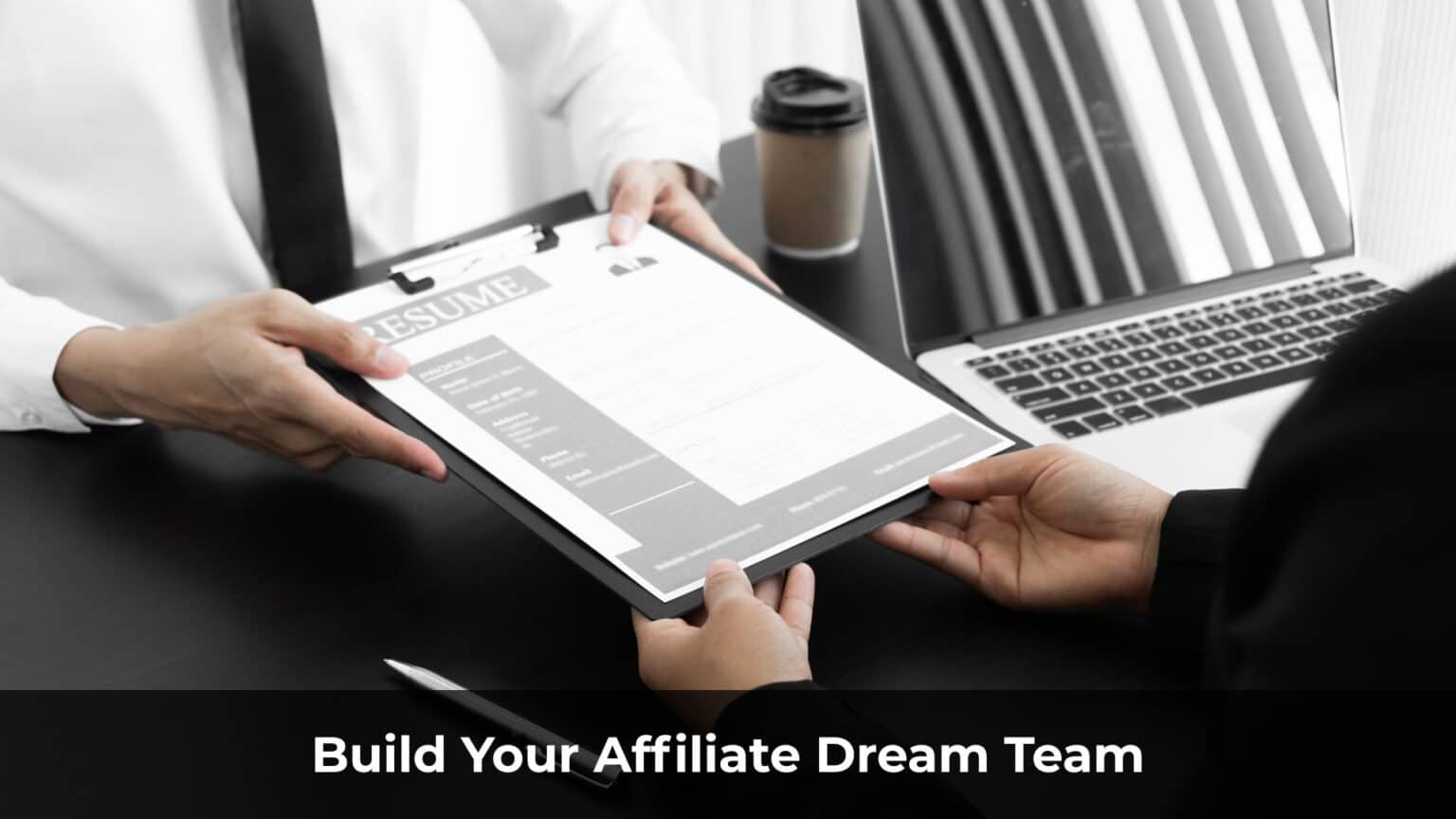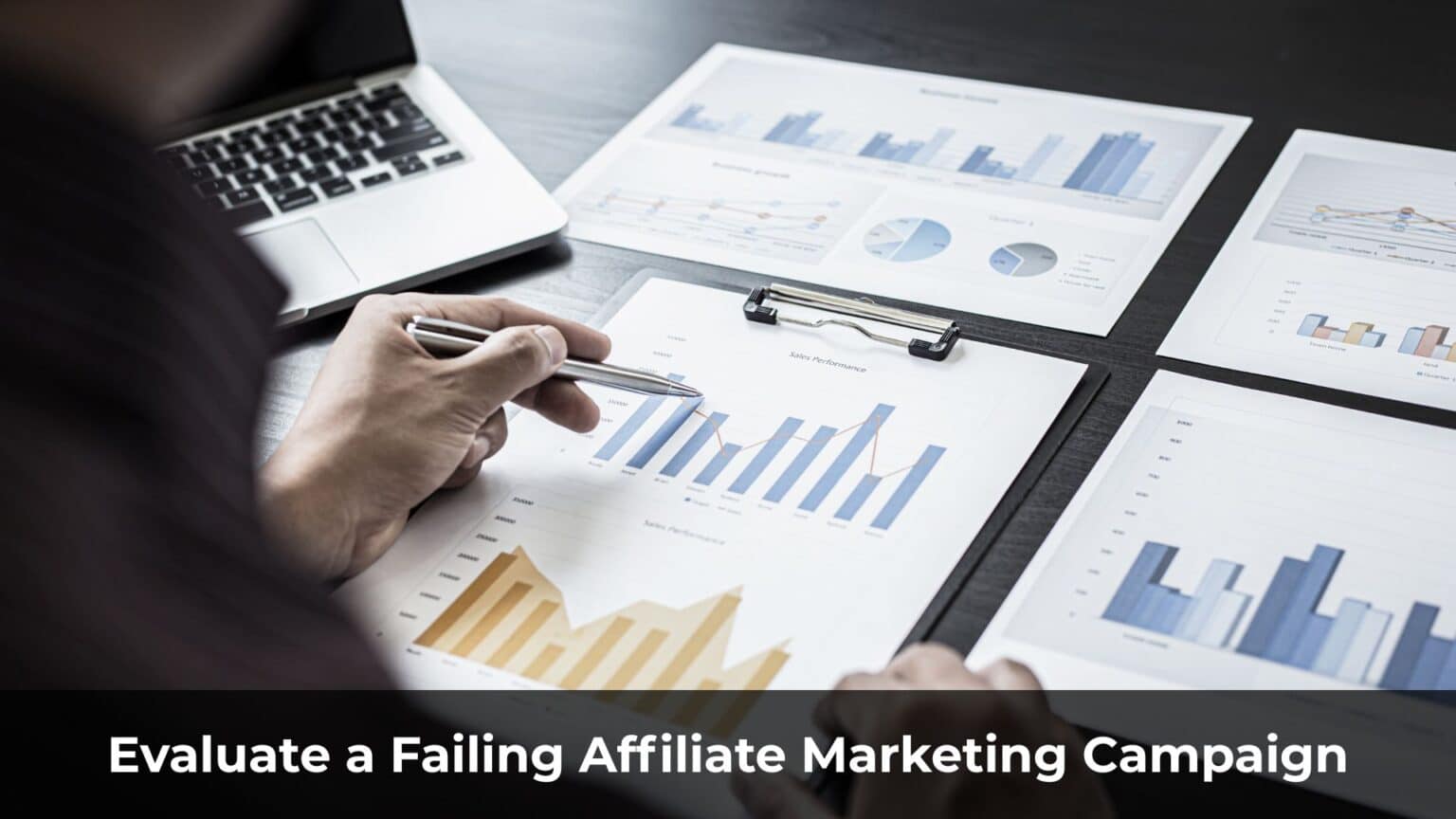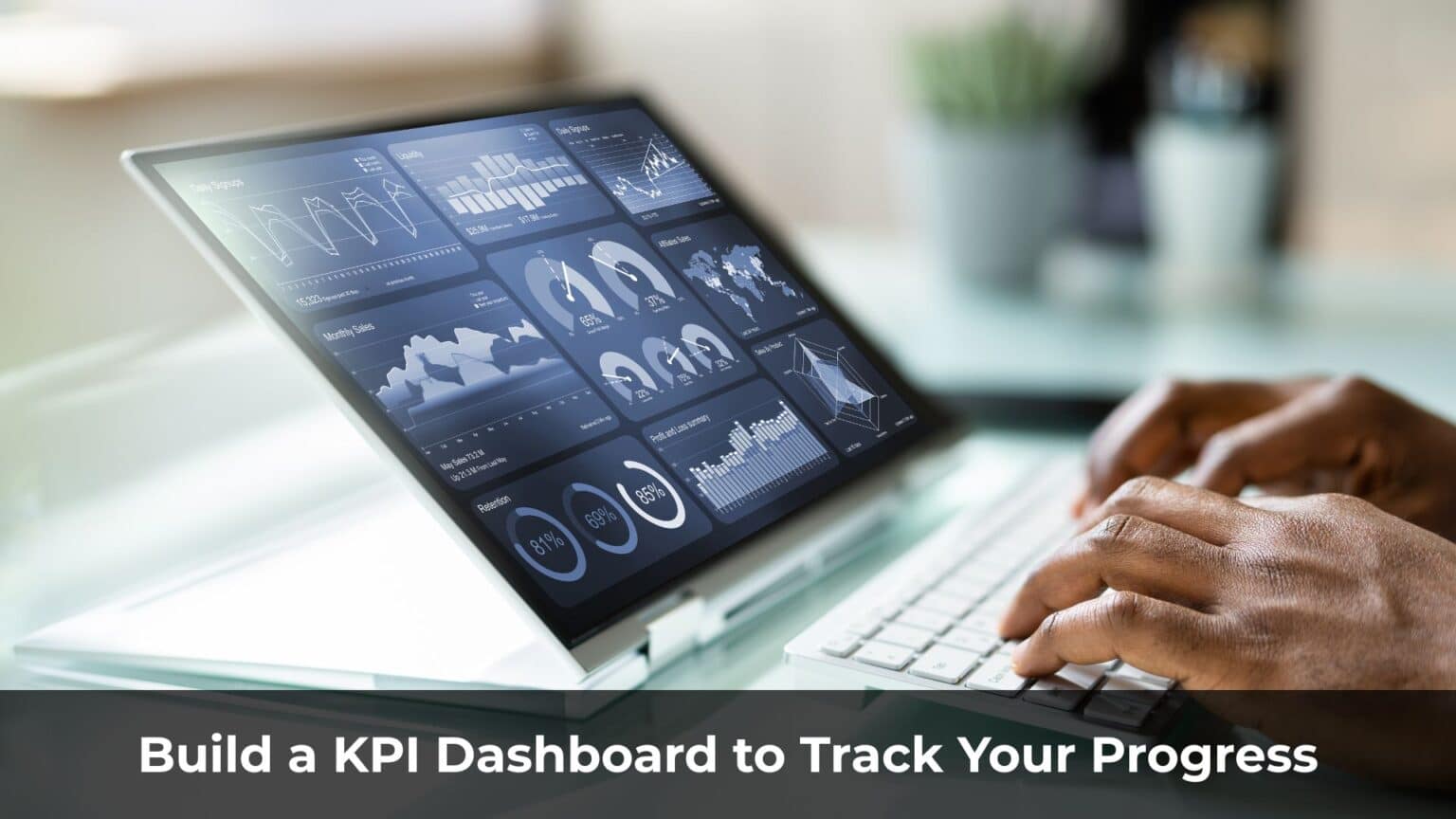In affiliate marketing, not every campaign is profitable from day one.
Sure, sometimes you strike gold — launch an ad, and within hours, conversions start rolling in. When that happens, your job is simple: scale fast.
Because if you don’t, someone else will copy your angle, your landing page, and take over your market.
But most of the time, it doesn’t play out that way.
Typically, a new campaign will break even or even lose a bit of money at the start. That’s normal — and it’s where optimization begins.
In this post, I’ll walk you through how to build a structured optimization system using the affiliate funnel model — a framework designed to help you turn unprofitable campaigns into long-term winners.
Table of Contents
ToggleThe Right Mindset for Optimizing Affiliate Campaigns
What does it really mean to “optimize a campaign”?
- It’s not about randomly changing angles.
- It’s not about swapping offers or landing pages every few hours.
Optimization means analyzing each stage of your campaign, spotting the weak points, and fixing them — systematically.
When I first started running ads in affiliate marketing, I was losing money almost every day. Around 80% of my campaigns failed.
It was frustrating — but that’s part of the game. Everyone goes through this phase. No one skips it.
The key is not to let emotions take over. You need to approach optimization with logic and structure. That means having your own analysis framework:
– When a campaign is losing money, what should you check first?
– Do you test the ad creative or the landing page first?
– How much data is enough to decide if something is working or not?
If you already have that system in place, every time you launch a new campaign, you just follow the process. No panic. No guesswork. No emotional rollercoaster.
In the next sections, I’ll show you how to break your campaign down into key stages — from the first ad impression to the final conversion — and how to optimize each part effectively.
But before we dive in, let’s get familiar with one important concept: the affiliate funnel system.
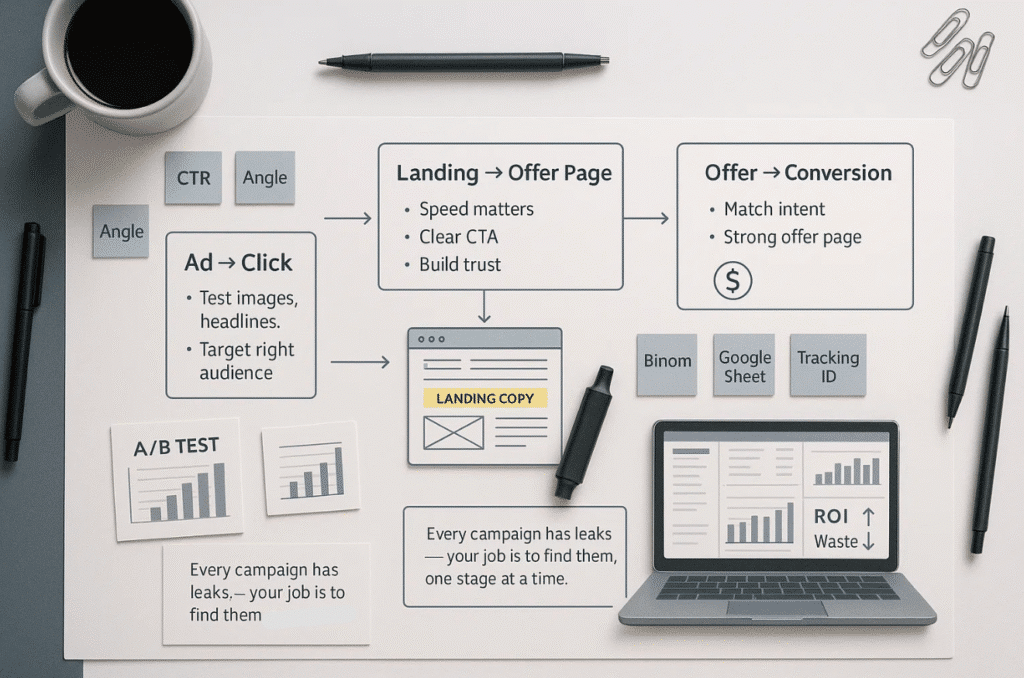
Break Down Your Affiliate Campaign Like a Multi-Stage Funnel
If you’ve ever felt overwhelmed while running ads — not sure where to begin optimizing — it’s probably because you’re looking at the campaign as one giant blob.
But here’s the truth: no one can fix “the whole thing” at once.
You need to break it down.
Think of your affiliate campaign like a machine — or better yet, like a funnel with multiple layers.
Each layer represents one stage in the user journey. And your job is simple: improve the conversion rate from one stage to the next.
From Car Dealership to Conversions: A Simple Funnel Breakdown
Let’s say a car dealership is struggling with sales. The owner brings in a consultant. No complex advice, no fancy terms — just a simple funnel diagram:
- Call people who might be interested in buying a car
- Book test-drive appointments
- Get people to show up and test-drive
- Close the deal
Sounds obvious, right? But once each stage is clearly defined, the system becomes much easier to improve.
Now the focus is on one thing: increasing the conversion rate of each stage.
Let’s say only 30% of people who schedule test drives actually show up. What can we do to raise that number?
Here are some ideas:
– Send a friendly phone reminder
– Email them with directions to the dealership
– Share tips on what to bring or prepare
– Add the appointment to their Google Calendar
– Offer free pickup for nearby leads
– Give a free lunch to those who attend
Of course, you can’t do all of them. Time and budget are limited. Start with the easiest, lowest-risk ideas. Skip the high-risk ones.
For example, offering a free lunch sounds appealing — but it may attract the wrong crowd. Some people might show up just for the food, with zero intent to buy.
Don’t look at the whole funnel at once. Break it into stages. Optimize each stage individually.

Treat Your Affiliate Campaign Like a Funnel — Not a Guessing Game
Back when I first started, I ran affiliate ads based purely on gut instinct. No framework. No structure.
Someone online said, “Try this angle” — I tried it.
Next day, someone said, “Change your landing page” — I changed it.
Then I heard, “Switch offers” — and I did.
It was chaos.
And worse — I had no idea why things weren’t working.
Eventually, I sat down and sketched out my campaign funnel on paper. Just a simple drawing. And suddenly, things started to make sense.
Now, whenever a campaign isn’t profitable, I go through each stage of the funnel and ask:
– How many people saw the ad?
– How many clicked?
– Of those who clicked, how many landed on the offer page?
– How many purchased or submitted their info?
Each stage of the funnel comes with numbers — and if you have numbers, you can optimize.
The 3 Key Stages of an Affiliate Funnel — and How to Optimize Each One
When you start viewing your affiliate campaign as a funnel, optimization becomes much easier. Each stage is measurable. And if it’s measurable, it’s improvable.
Here are the three core stages you’ll need to master in most affiliate campaigns that use paid traffic:
Stage 1: Ad → Click (CTR)
Your goal here is to get as many relevant people to click on your ad — not just anyone.
A high CTR means nothing if the clicks are from the wrong audience. In fact, it just burns your budget faster.
What to test at this stage:
- Ad creative – images, videos, headlines, call-to-action
- Targeting – age, gender, location, interests
- Angle – pain points, benefits, curiosity, fear, urgency…
Example:
Let’s say you’re promoting a car insurance offer.
Using an eye-catching image — like an attractive woman next to a Lamborghini — might boost your CTR. But who’s clicking?
Probably young guys who love cars and… don’t care about insurance.
You’ll get tons of clicks, but almost zero conversions.
High CTR, no conversions = you’re losing money.
Instead, the ad should speak directly to people who actually need car insurance.
Try something more relevant and emotionally charged:
An image of a regular, everyday car with a slightly dented front bumper — it instantly grabs attention from the right people.
But be careful: if the image looks too violent or dramatic, Facebook might flag your ad. A “lightly scratched” vehicle works better than one that looks totaled.
Pro tip:
Don’t chase clicks. Chase qualified clicks.
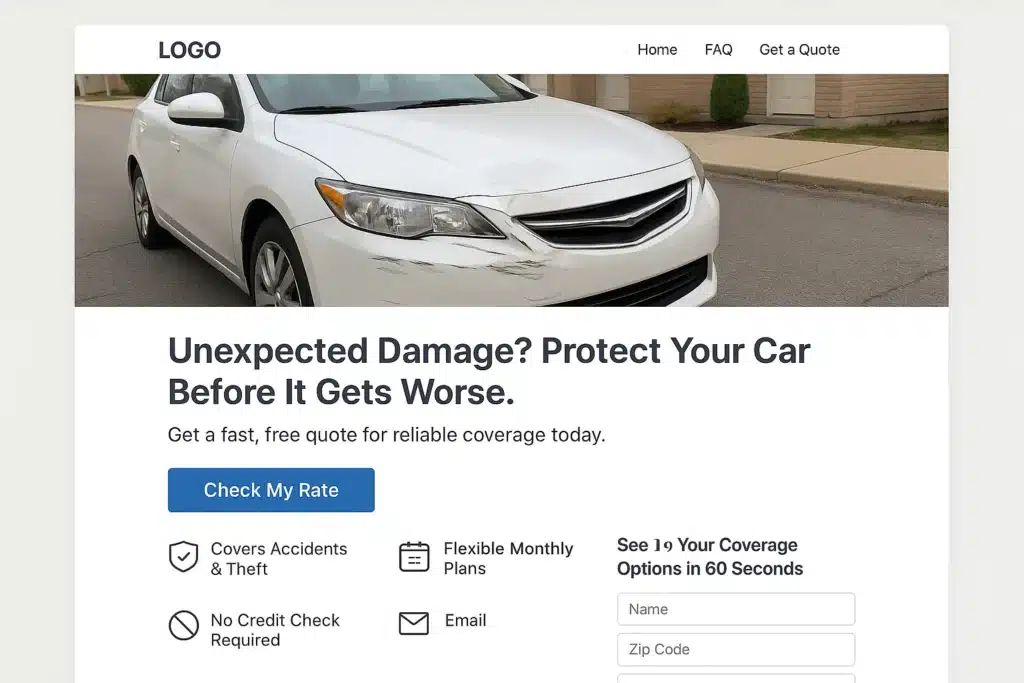
Stage 2: Click → Offer Page (Click-to-Offer Rate)
This stage happens after the user clicks your ad and lands on your landing page — but before they reach the actual offer.
Your goal here is simple: get them to click through to the offer page.
If your click-through rate on the landing page is low, it usually comes down to one (or more) of these issues:
- The page loads too slowly
- The headline fails to grab attention
- The content feels vague or untrustworthy
- The call-to-action (CTA) is unclear or buried
Here’s how to optimize this stage:
- Speed up your page: Use a CDN, compress images, and minimize heavy scripts
- Craft a better headline: Make it specific, benefit-driven, and curiosity-inducing
- Add social proof: Testimonials, ratings, case studies, or specific metrics
- Clarify your CTA: Make it bold, singular, and impossible to miss
- Apply the LIFT Model: Focus on value proposition, clarity, relevance, and urgency
You can also test different landing page lengths (short vs. long-form) and experiment with A/B testing layouts to see what converts best.
Stage 3: Offer Page → Conversion (CVR)
This is where the money’s made — or lost.
The user has clicked through to the offer page. Now the big question:
Do they take action? (Sign up, make a purchase, submit their info…)
Several key factors impact your conversion rate (CVR) at this stage:
- Offer quality – A high payout doesn’t always mean high conversions
- Offer page layout – Is it clean, professional, and trustworthy?
- Message match – Do the ad, landing page, and offer feel consistent?
Unfortunately, the offer itself is out of your control — it’s owned by the advertiser. You can’t tweak their copy or fix their design.
In a perfect world, the advertiser provides multiple variations of their landing page for you to test. But that’s rare.
So what can you do?
- Test different offers within the same niche
- Promote the same offer from multiple affiliate networks (some convert better than others)
- Compare Pay Per Lead vs. Pay Per Sale models
- For lead gen: test simple forms vs. multi-step forms
A Crucial Reminder:
Don’t judge your campaign by CTR or CPC alone.
Those are surface metrics.
You might be getting super cheap traffic — but if no one’s buying, it’s worthless.
Real optimization = more profit, not just prettier numbers.
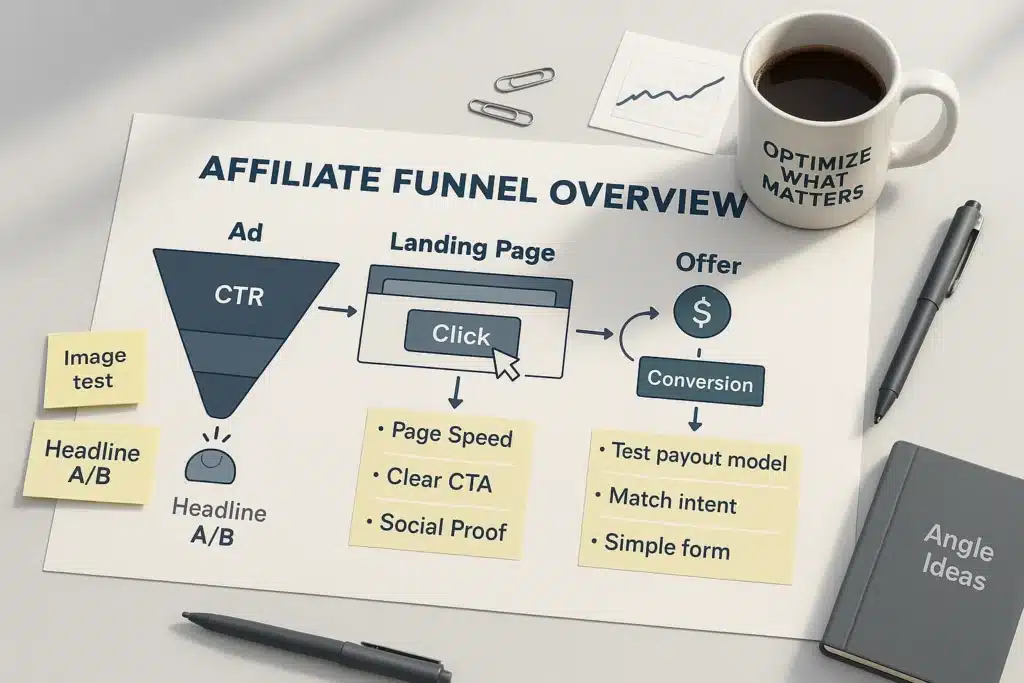
Build a Simple Tracking System to Optimize With Confidence
Doing affiliate marketing without tracking your data is like fighting blindfolded.
You won’t know which part of your funnel is broken.
You won’t know what to fix.
All you’ll have are guesses and gut feelings.
And running campaigns on guesswork? That’s a recipe for wasted budget.
What you need is a simple but effective tracking system — something that gives you instant answers every time you test a new idea:
- “Which part of the funnel is underperforming?”
- “What should I test next?”
- “What have I already tried — and what’s still untested?”
Whenever you test a new angle, ad creative, or landing page, log the results.
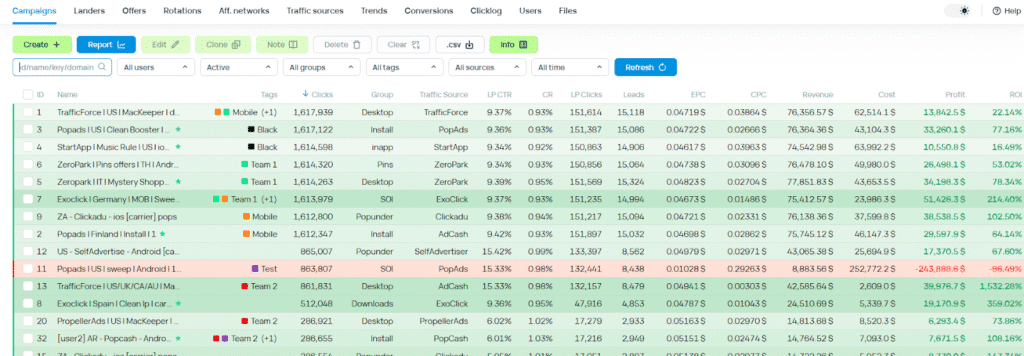
Yes, your tracking tool already collects this data.
But it helps to export key metrics to Google Sheets for quick filtering, analysis, or generating graphs when needed.
Each row in your sheet should include:
- Campaign name
- Traffic source
- Angle tested
- CTR
- CPC
- CVR
- ROI
- Notes (for anything unusual or worth remembering)
This becomes your personal campaign library.
Over time, this archive will save you hours of guessing. You’ll know what worked in the past — and you won’t have to reinvent the wheel every time you launch.
Pro tip:
If you use a self-hosted tracker like Binom, your data is safe and permanent.
But with cloud-hosted tools like Voluum, your data might auto-expire after 6–12 months.
So keep an eye on that — and back things up.
Create an Optimization Checklist for Each Funnel Stage
Now that you’ve analyzed the data, you know exactly where your campaign is underperforming.
The next step?
Build a clear optimization checklist — a structured list of actions to take at each stage of the funnel.
Stage 1: Ad → Click (Low CTR?)
- Test new images or videos
- Rewrite the headline
- Try a different angle
- Target a new audience segment
Stage 2: Click → Offer Page (Weak Landing Page?)
- Improve page load speed
- Rework the headline to boost clarity or intrigue
- Add social proof (testimonials, stats, trust badges)
- Make the CTA clearer and more prominent
Stage 3: Offer Page → Conversion (Low CVR?)
- Try a different affiliate network
- Test similar offers in the same niche
- Experiment with different payout models (PPL vs. PPS)
- Compare one-step vs. multi-step forms (for lead gen)
Having a checklist like this keeps your optimization process structured and repeatable.
No more random guesswork — just systematic improvement.
Set Performance Benchmarks for Each Funnel Metric
Once you’re running multiple campaigns, it’s helpful to define your own performance benchmarks for each key metric. For example:

If a campaign falls below a certain threshold, you’ll immediately know where the bottleneck is — and what to fix first.
Important: These numbers are just examples. You should adjust them based on your niche, traffic source, and business goals.
Why Early Data Can Mislead You (And What to Do Instead)
A common mistake is to make decisions based on insufficient data.
- 50 clicks? Doesn’t mean anything yet.
- 10 conversions? Still too early to judge.
- You need at least a few hundred clicks before making serious conclusions.
Be patient.
Don’t kill the campaign too soon.
Don’t switch offers prematurely.
Wait for enough data — then optimize.
For more on this mindset, check out this article:
How to Evaluate a Failing Affiliate Campaign Without Burning Your Budget
Industry Benchmarks by Niche (Realistic, Not Absolute)
If you’re new to affiliate marketing — or entering a new niche — you might not have enough data to know what “good performance” actually looks like.
To help with that, here are some rough benchmark estimates based on industry experience:

Note: These numbers are not from a single source. They’re compiled from:
- First-hand insights shared by affiliate marketers
- Professional blogs and reports (e.g. RedTrack, Voluum, Mobidea)
- Personal observations from campaigns and case studies
These are general references, not exact figures pulled from large-scale studies or official databases. Why?
Because in affiliate marketing, there is no central, public dataset for metrics like CTR, CVR, or EPC by niche.
Most of the data lives in:
- Private tracker dashboards
- Closed community discussions
- Internal reports from affiliate networks or SaaS tools (which are rarely shared publicly)
No Data Yet? Build Smart Assumptions with Break-Even Math
Don’t fly blind. If you’re starting fresh and don’t have benchmarks yet, create your own models using spreadsheets:
- Estimate your break-even CTR and CPC
- Reverse-engineer the numbers to define your minimum acceptable performance
Over time, you’ll replace assumptions with real campaign data — and your benchmarks will become more accurate and reliable.
Don’t Optimize for Metrics — Optimize for Profit
A common trap for new affiliate marketers is getting excited over pretty numbers.
You see a high CTR and think, “This campaign is crushing it!”
But a few days later — you’re deep in the red.
Why?
Because:
- A high CTR doesn’t guarantee profit
- A low CPC doesn’t mean you’re winning
- A strong CVR might still be targeting the wrong people
Metrics are useful, but profit is what matters.
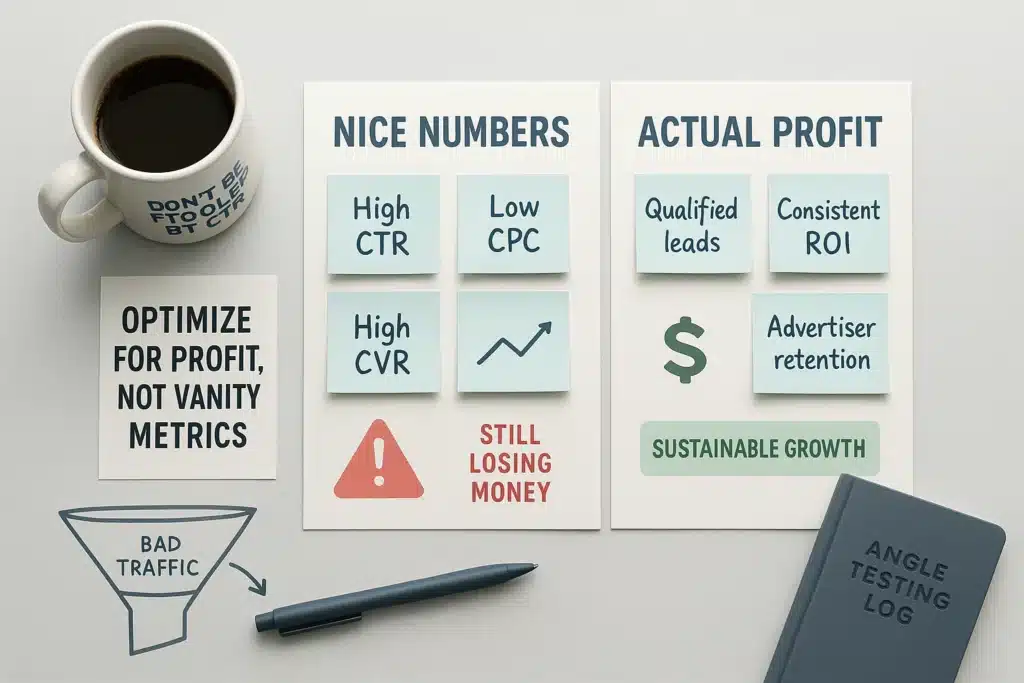
A Real Example: How High CTR Can Still Lose You Money
Say you’re promoting an online course that teaches people how to build a digital income stream — and you get paid $10 per lead.
To boost CTR, you use a flashy ad:
A PayPal screenshot showing $10,000 and a headline like:
“Passive income daily — no experience needed!”
The results?
- CTR skyrockets
- CPC drops
- Conversions go up…
…but something’s off.
Most leads are spam, or people who aren’t truly qualified or committed.
The advertiser starts calling those leads — and no one picks up, or they’re not serious buyers.
Sales tank.
Soon, they ask you to stop sending traffic.
Why?
Because you attracted the wrong crowd — the “get-rich-quick” type who click on hype, not those genuinely ready to invest in a long-term business.
They don’t buy the premium course.
They don’t stick around.
They clicked because your ad promised easy money — and once they realized it wasn’t, they bounced.
In the end:
- Beautiful CTR
- Low CPC
- Strong-looking conversion rate
- But zero ROI — and you get banned by the advertiser.
It’s Like the Car Dealership Lunch Example.
Remember that analogy?
You offer a free lunch and yes — lots of people show up.
But they’re not interested in buying a car. They just want to eat.
So What’s the Real Goal?
- Not high CTR
- Not cheap traffic
- Your goal is profit.
Every time you optimize, ask:
- Will this change increase actual profit?
- Will it lead to real conversions?
- Or am I just chasing prettier numbers?
Metrics still matter — but they’re just tools, not the end goal.
They help you:
- Spot funnel bottlenecks
- Measure stage-by-stage performance
- Make data-driven optimization decisions
But if you start treating metrics as your ultimate target, you’re heading in the wrong direction.
Good optimization = more profit
Bad optimization = higher costs
Affiliate marketing requires clarity and discipline.
Don’t let a few shiny numbers fool you.
Breaking Through the Limitations of Affiliate Marketing
Affiliate marketing comes with a huge advantage:
You don’t need your own product.
You don’t handle customer support.
You don’t manage inventory.
All you do is drive traffic → get conversions → earn commissions.
But this convenience comes with a major limitation:
You only get paid once.
Even with platforms like ClickBank — where you might earn extra from upsells — it usually stops there.
After that, the advertiser takes over.
They send follow-up emails, promote dozens of other products to the same customer…
And you don’t earn a single cent from any of it.
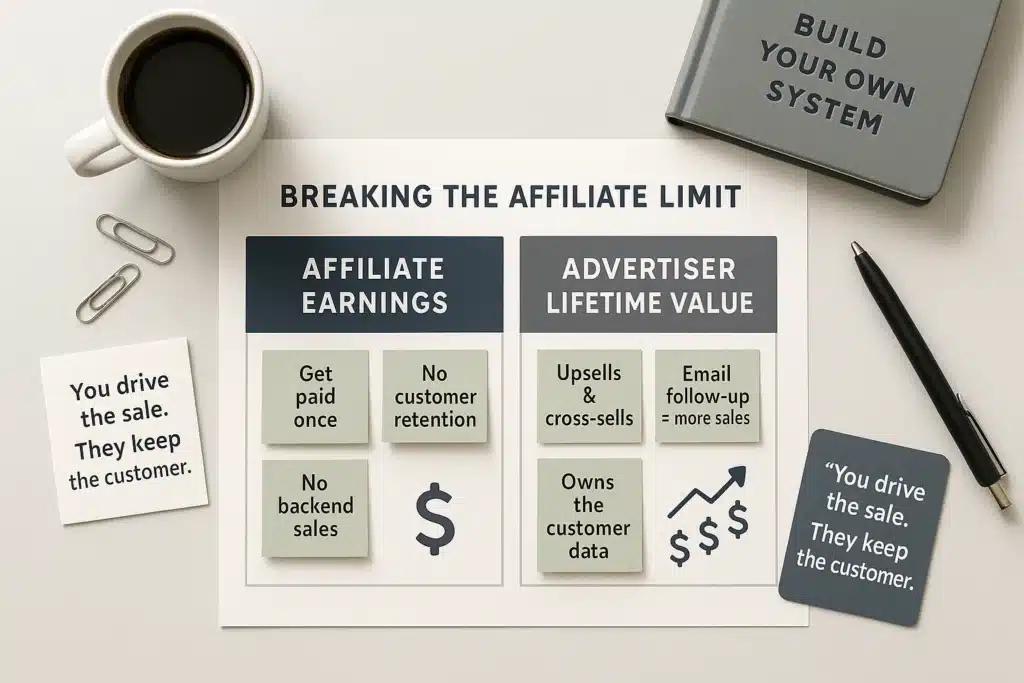
A Simple Profit Equation Most Affiliates Overlook
Let’s say you’re running ads for a car dealership.
They pay you a commission every time someone visits the showroom.
You generate the lead, the customer shows up — maybe even buys a car — and you get paid.
That’s it. Your job is done.
But what happens on their side?
They close the sale.
Then they upsell:
- Maintenance services
- Car accessories
- Insurance renewals
- A second vehicle a few years later
The lifetime value (LTV) of that customer could be 10 times what you earned in commission.
And yet, you don’t get a cut of any of it.
Because you’re just the affiliate.
You don’t own the lead.
You don’t own the system.
Think Bigger: Who Are You Really Building the System For?
When you run ads, build landing pages, write copy, analyze data…
You’re doing a lot of work.
But here’s the real question:
Are you building a system for yourself — or for someone else?
If you’re just sending leads directly to the advertiser without keeping anything, then essentially:
- You’re giving them the leads
- And if they stop working with you, you’re left with nothing
Now compare that to building your own lead generation system.
That means:
- You collect emails, phone numbers — you own the data
- You can follow up and nurture those leads later
- You can upsell other offers
- You’re free to work with different advertisers anytime
That’s the difference between short-term affiliate hustling and building a long-term profit system.
I go deeper into this approach in my article:
How to Build a Lead Gen System in Affiliate Marketing — stay tuned for that one.
You Don’t Have to Quit Affiliate Marketing — Just Think Differently
You can still do affiliate marketing.
But it’s time to start thinking on a deeper level:
- Build funnels that collect data (emails, pixels, retargeting audiences…)
- Optimize for lifetime value (LTV) — not just short-term ROI
- Choose offers with multi-tier value (subscriptions, upsells, backend sales…)
Being a good affiliate isn’t just about getting cheap traffic.
It’s about building a system that lets you retain long-term value.
As time goes on, you’ll realize:
- Campaigns will die
- Ads will get more expensive
- Offers will come and go
But the data and systems you’ve built —
those are what stay with you.
Final Thoughts
A profitable affiliate campaign isn’t a stroke of luck — it’s the result of a structured, data-driven optimization process.
You need to view your campaign as a funnel system.
Break it down. Analyze each stage. Identify the bottlenecks. Improve step by step.
When things are clear, you’ll know:
- What to optimize first
- What to keep, what to cut
- When to keep testing — and when to stop
Build a repeatable system — so you can scale with confidence.
No one gets everything right on the first try.
Every great affiliate has their own process.
This article is just one framework to help you create your own.
Wishing you profitable, scalable campaigns — and the clarity to build long-term success.
You’re not just optimizing ads — you’re building your own ecosystem. And that’s how long-term freedom is earned.
